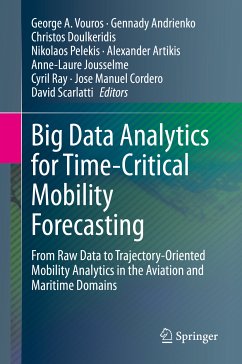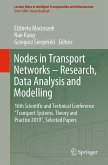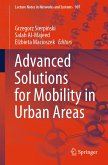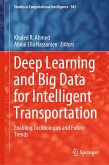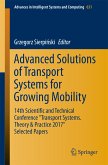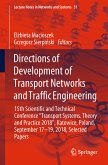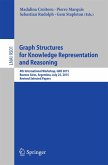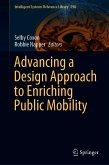The book is divided into six parts: Part I discusses the motivation and background of mobility forecasting supported by trajectory-oriented analytics, and includes specific problems and challenges in the aviation (air-traffic management) and the maritime domains. Part II focuses on big data quality assessment and processing, and presents novel technologies suitable for mobility analytics components. Next, Part III describes solutions toward processing and managing big spatio-temporal data, particularly enriching data streams and integrating streamed and archival data to provide coherent views of mobility, and storing of integrated mobility data in large distributed knowledge graphs for efficient query-answering. Part IV focuses on mobility analytics methods exploiting (online) processed, synopsized and enriched data streams as well as (offline) integrated, archived mobility data, and highlights future location and trajectory prediction methods, distinguishing between short-term and more challenging long-term predictions. Part V examines how methods addressing data management, data processing and mobility analytics are integrated in big data architectures with distinctive characteristics compared to other known big data paradigmatic architectures. Lastly, Part VI covers important ethical issues that research on mobility analytics should address.
Providing novel approaches and methodologies related to mobility detection and forecasting needs based on big data exploration, processing, storage, and analysis, this book will appeal to computer scientists and stakeholders in various application domains.
Dieser Download kann aus rechtlichen Gründen nur mit Rechnungsadresse in A, B, BG, CY, CZ, D, DK, EW, E, FIN, F, GR, HR, H, IRL, I, LT, L, LR, M, NL, PL, P, R, S, SLO, SK ausgeliefert werden.

